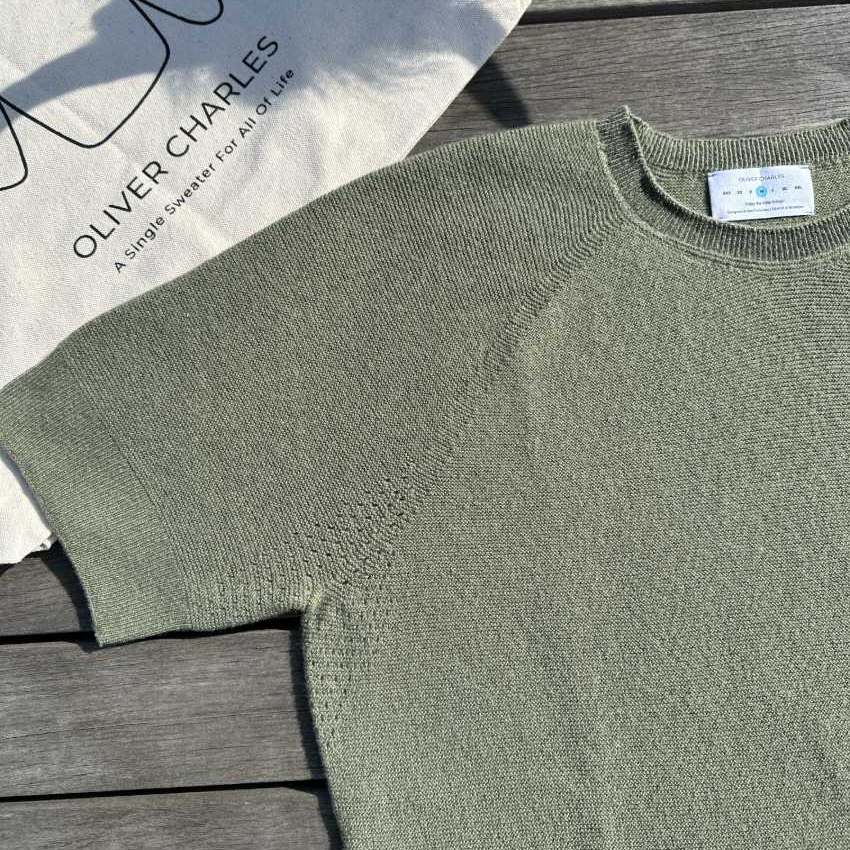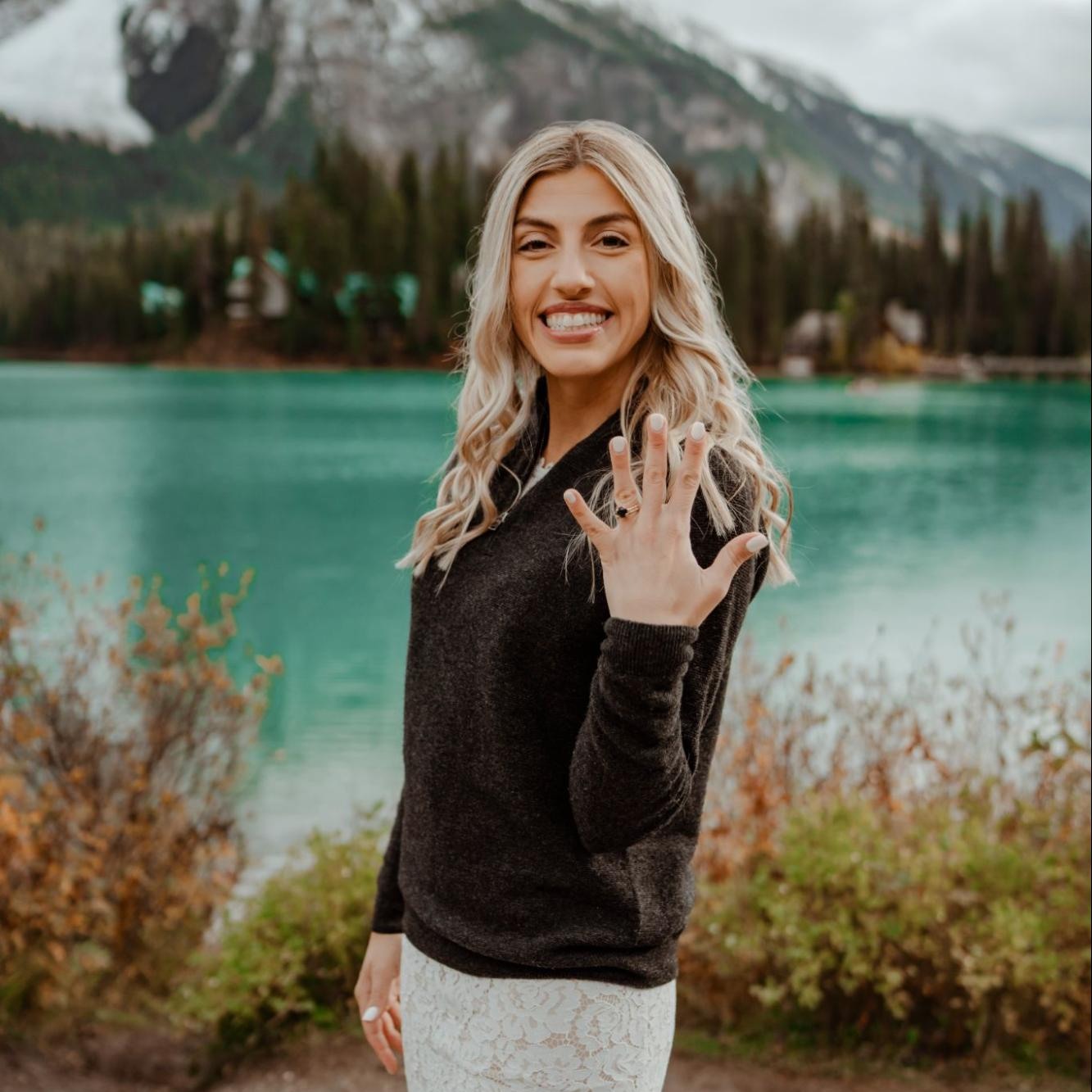We're Oliver Charles
We're also Slater & Jack 👋.
Our story begins in the Rocky Mountains of Colorado when two eight year old kids found themselves sitting next to each other in class learning things like how to spell giraffe and write in cursive...
While writing this nearly 20 years later, we’re still getting caught by spell check on words like “giraffe” and Slater’s not fooling anyone with his cursive.
With short attention spans, time to spare, and bottled up energy, you could say we went through a few phases...
- We were childish sommelier, stewards of fine lemonade, making the good stuff from freshly squeezed lemons.
- We had a stint in traveling sales cold-sampling kettle corn for our third-grade teacher’s company at a local farmers market.
- We went softcore and became young students at a yarn gallery learning to knit hats, blankets, scarves, and even backpacks, rightfully landing us in high-esteem amongst our young peers.
- We went hardcore, formed a band, and stole the hearts of at least 5 people at Battle of the Bands. Our nine-year-old band was named Double Baked, a small oversite.
As years flipped by, we traded in our guitars for side satchels and eventually found ourselves as roommates in the Bay Area starting a sweater brand… oh how time flies.
While we’ve been living in California, not much has changed. We still play hooky from the rat race to explore the natural beauty of the state, and whether it’s camping along the epic coastline of Big Sur, or backpacking in the Sierra Mountains, we’re constantly testing the comfort and versatility of the things we travel with.


People sometimes ask why a couple of seemingly unfashionable roommates are creating an apparel company... First off, rude. Second off, fair question.
Growing up, outdoor adventure had a major influence on us. We’ve always preferred wearing durable, high performing clothes versus following fashion trends.
For instance, Jack is a die-hard supporter of highly versatile snow clogs, and Slater has owned the same pair of durable jeans for years.
There's a common theme among the brands we love to wear. No matter the phase of our life, we always gravitated towards long-lasting clothes that felt good to wear, and when we found clothes that we felt good in, we wanted to wear them all the time.




Where Did We Start?
We've been on a learning adventure... When we first started working on Oliver Charles, we built a massive curation of articles, scientific journals, and passages all around materials. We studied animals from the enduring muskox to the mighty Tibetan yak, and we studied plants such as eucalyptus and hemp.
We even learned about the fibers that the pineapple and banana plant produce... No, really... check out #MadeFromPiñatex which is a fabric made from pineapple leaf cellulose fiber and QWSTION who created Bananatex, the world's first technical fabric made from banana fiber.

Finding Yak Wool
We were essentially obsessed with what made certain materials better than others. Read more on cashmere and bamboo here: Patagonia, NPR, Science Magazine.
Here's the short version... The softness of a material is influenced by the fiber's diameter. Thinner diameter fiber, measured in microns, is softer. Our hair is around 100μm.
Cashmere, arguably the most well known wool for it’s soft properties, is between 14-19μm. The softest wool in the world can even get as low as 11μm.
For example, qiviut fiber from a muskox (@muskoxfarm) can be as fine as 13μm. We purchased a qiviut hat recently from Oomingmak, a co-operative owned by over 200 Native Alaskan women who knit each item by hand, and we can honestly say qiviut is the softest / lightest / warmest material we've ever felt.
But softness alone wasn't all we were looking for... We knew we were only interested in sustainable materials, and we were a bit surprised to learn about the the amount of clothes produced by companies we admire that're bluntly unsustainable.
Synthetic materials aside, which are made from petroleum oil and are widely known as being bad for the environment, three of the most popular natural fibers, cotton, cashmere, and viscose (bamboo) are also taking a toll on the environment.
For instance, cashmere has been connected with Mongolia's desertification, bamboo produced through the popular viscose method creates waste with toxic carbon disulfide, and cotton uses a tremendous amount of water, chemicals, and land.


Some Materials Are Better Than Others
It wasn't all bad news though because we did find alternative sustainable natural fiber...
We were looking for natural fibers that are sustainable without exception, thermoregulating for various environments, and odor-resistant so people could simplify their wardrobe and #Repeat outfits day after day.
We found a fiber is called khullu ("coo-loo"), and it is some of the best natural fiber money can buy.
Not only is khullu warmer and more breathable than lambswool and cashmere, but the fiber is also world renowned for its antimicrobial properties, meaning it doesn't trap odor like cotton and synthetics materials.
In later conversations, we talked about how important it was for us to create clothing that truly represented the brand we aspired to build...
The truth is, the relationship we have with our clothes is personal and whether we’re cycling through exhausting work weeks, cooking with our partners, or lounging on Sundays, we want to look and feel our best.
This is all because the clothes we wear have a profound impact on our wellbeing. Feeling creative, proactive, and happy throughout the day depends on tons of things, including how comfortable and confident we feel about what we're wearing.




We Called Ourselves The Loomineers
We knew that we needed to take our learning beyond what we could find online. We needed to make sure that the clothing we created kept people like us comfortable at work and throughout the day and could actually be worn multiple times a week without wearing down or trapping odor.
We decided that by no means would we compromise on our values and the utility of our clothing by being passive, so the natural next step was to find a way for us to work with khullu and merino wool fibers and literally get more hands-on.
That same day, by a stroke of luck, we found an amazing nearby instructor, Lou from SFFiber, and also inherited a 45’’ counterbalance weaving loom... The loom was originally purchased by a lovely past owner, Diane, in 1978!
Unfortunately, Diane can't weave anymore, but she takes great pride in her loom, and we're here to make her proud!

What's Next For Us?
We're just getting to the starting line, and we're learning a ton. For instance, have you ever heard of enclothed cognition?
We hadn't, but it's super interesting and you can read up on it here. The shortened version is enclothed cognition's the study of how the clothes we wear influences the way we feel.
After learning about enclothed cognition we thought back to a time we wore something we loved... clothing that was authentic to us, comfortable, and frankly looked good too... thinking back, we realized we felt more creative, proactive, and generally happier.
We believe in finding the styles you love, upgrading in quality, and then repeating, A.K.A. your personal uniform.
We also believe in making clothing out of high-in-utility materials that're durable and odor-resistant. This way, all of the clothing we make can be worn day after day with minimal care while still remaining fresh smelling and great feeling.
If you believe that every good wardrobe starts with owning less and owning better, consider buying yourself an OLIVER CHARLES sweater.
Shop Now7 Day Challenge: Yak Wool Is Perfect For Winter And Spring
Testing the Oliver Charles All Season Boat Neck in classic Wyoming winter activities.
Read moreSeasonal Minimalist Wardrobe Is Out
All you need is one Oliver Charles sweater for all seasons.
Read moreThis Yak Wool Sweater Elevated My Wedding Weekend Wardrobe
How I stayed comfortable and stylish in a sweater during my wedding festivities.
Read moreWearing Yak Wool All Seasons
Why wool is the one fabric that truly does it all, no matter your climate.
Read more



